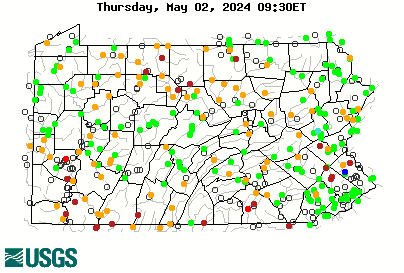ryansheehan
Well-known member
- Joined
- Jun 1, 2015
- Messages
- 2,609
I've always known that the water at the bottom was slower than the surface water. Whenever nymphing I'm very focused on speed. I came across a video that shows just what a difference the different levels make. It's the coolest demonstration I've ever seen. The part I'm talking about is 13 seconds in, it is a tik tok video but it's well worth a look.
Here
Here




